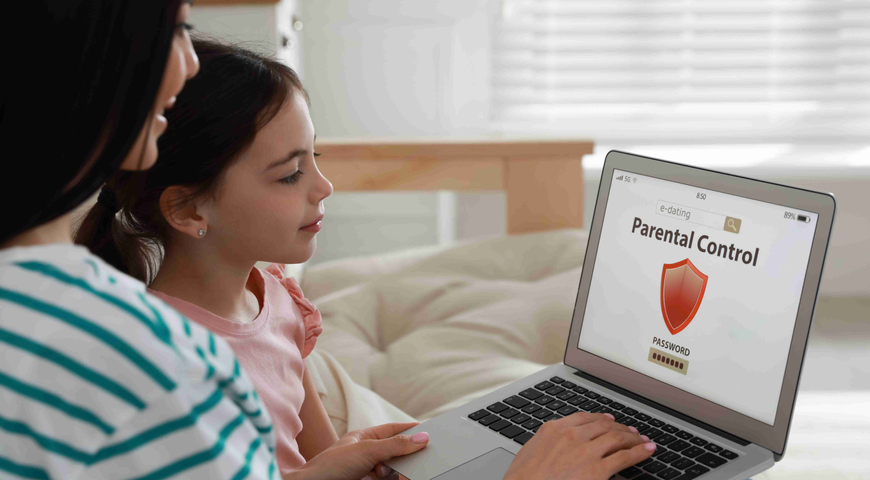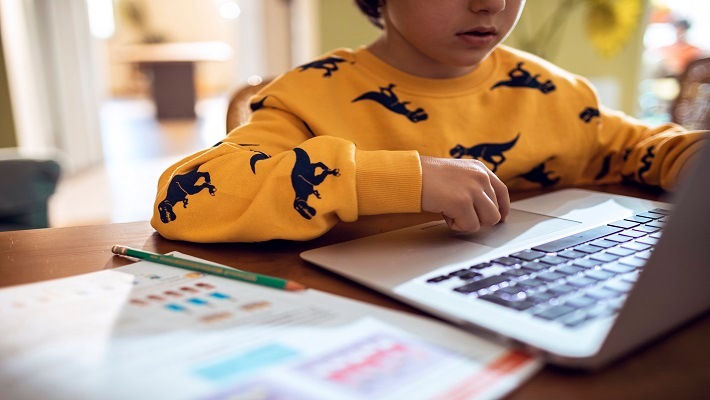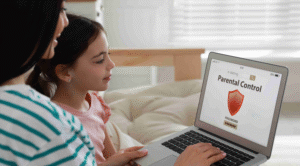‘ I’d Never Let My Kids Do……’: Cybersecurity Expert Shares Vital Online Safety Rules for Children

' I’d Never Let My Kids Do......’: Cybersecurity Expert Shares Vital Online Safety Rules for Children
With decades of experience in digital security, Ben Gillenwater warns parents against the hidden dangers of technology and social media.
When veteran cybersecurity expert Ben Gillenwater, a former NSA professional with over 30 years in technology and security, says there are “five things I’d never let my kids do,” parents across the world pay attention. His advice blends the wisdom of both a seasoned technologist and a father deeply aware of the psychological and safety risks that children face online. His rules, backed by extensive scientific research, highlight how the digital landscape is reshaping children’s mental health and safety.
Earlier this year, Gillenwater shared a video on Instagram titled “Five things I’d never do as a cybersecurity expert with over 30 years of experience.” His guidelines are straightforward but firm — and each is rooted in evidence and real-world observation.

He begins with a strong stance: no social media exposure for children. According to Gillenwater, addictive social media algorithms are directly linked to a 400% rise in suicides among youth over the past decade. Studies reinforce his concern — a 2019 JAMA Psychiatry report found that teens spending more than three hours daily on social media were far more likely to suffer from depression and anxiety, while a 2021 Canadian Journal of Psychiatry study revealed a close link between heavy social media use and suicidal thoughts, particularly among girls.
His second rule is equally emphatic: avoid anonymous online chats. “Anonymous chat is where predators hunt for children,” he warns. Research supports this — a 2017 study in Child Abuse & Neglect showed that children involved in anonymous chats were much more likely to experience sexual solicitation and grooming. The FBI’s 2022 Internet Crime Report also identified online enticement and sextortion as rapidly increasing crimes targeting minors.
The third boundary focuses on no private device use — no phones or tablets in bedrooms or bathrooms. Gillenwater says this isn’t about mistrust, but about reducing hidden risks. A 2016 study in Pediatrics found that children with devices in bedrooms slept fewer hours and felt more fatigued during the day, while a 2019 JAMA Pediatrics study showed that unsupervised tech use increased exposure to cyberbullying and explicit content. Keeping devices in shared spaces allows natural parental oversight and helps kids form balanced digital habits.
His fourth rule emphasizes conversations about sextortion before giving a smartphone. Gillenwater likens handing a child a phone without this talk to “giving them a car without teaching road safety.” A 2023 study in Computers in Human Behavior found that adolescents whose parents discussed online risks were significantly less likely to engage in unsafe digital behavior. Similarly, UNICEF’s 2021 Child Online Safety Report stressed that open communication is one of the most effective protections against digital exploitation.

Finally, Gillenwater warns against unsupervised YouTube viewing. While YouTube can be educational, its recommendation algorithms often expose children to violent, sexual, or extremist material. A 2020 study in Frontiers in Psychology found that such content can appear within just a few clicks, and a 2022 New Media & Society study from the University of Exeter confirmed that unsupervised YouTube use can shape children’s attitudes in harmful ways. Supervision, Gillenwater notes, isn’t censorship — it’s guidance.
His five rules — no social media, no anonymous chats, no private device use, pre-smartphone safety talks, and supervised YouTube — are not about fear, but foresight. Each recommendation is grounded in robust research and real-world evidence, offering a roadmap for modern parents navigating an increasingly digital world.
In essence, Gillenwater’s message is clear: mindful parenting today means not just monitoring screen time, but consciously shaping how children engage with technology — before technology shapes them.












